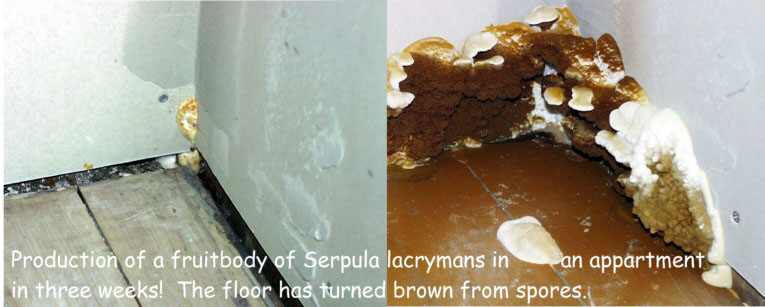Mold in the Home
We would like to think our homes are safe and we take a lot of preventative measures to keep us from injury, but often we don’t consider that we may have a problem with mold and may be getting sick from it.
Mold can be found inside the home in locations such as:
- Basements
- Kitchens (bottom of fridge)
- Around bathroom vanities
- Washer/dryer area
- The underside of carpets and pads
- The surface of walls behind furniture (where condensation forms)
- Ceilings and the top side of ceiling tiles
- Front and back side of drywall
- Wall paper or paneling
- Inside HVAC systems and duct work
- Clothing
- Food

Mold has the potential to cause health problems and even make a home uninhabitable. However, everyone is affected differently when in contact with mold. The mold that may not bother one person may severely affect another. Some mold can produce allergens, irritants and, in some cases, potentially toxic chemical substances known as mycotoxins. People who are sensitive and exposed to mycotoxins may become ill. Allergic reactions to mold are common. They can be immediate or delayed. People diagnosed with allergies and asthma may be very sensitive to mold. Mold can cause asthma attacks. Others at risk may include: infants, children, the elderly, pregnant women, and individuals with existing respiratory conditions or who are immune compromised.
With exposure, even in small amounts, mold may cause:
- Itching or irritation of the nose, eyes, throat or skin
- Mysterious skin rashes
- Sinus infections or congestion / sinusitis (runny nose)
- Respiratory problems (sneezing and coughing)
- Upper or lower respiratory infections
- Fatigue
- Frequent headaches
- Trouble concentrating, memory lapses, confusion
- Mood swings, anxiety, depression
- Chronic aches and pains
- Digestive problems
Many people think of mold associated with flooding, but the problem with mold is that it can start growing in a home at other times too. Improper venting & plumbing and roof leaks, and high humidity also can contribute to mold growth in your home.
Mold can also damage furniture, clothes, and building materials used in the construction of your home.
